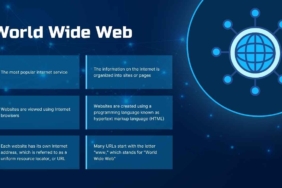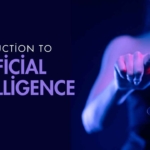In recent years, artificial intelligence (AI) has emerged as a transformative technology, reshaping industries and enhancing daily life. This article explores what AI is, the different types of AI, and its practical applications in various fields.
What is Artificial Intelligence?
Artificial intelligence refers to the capability of a machine to imitate intelligent human behavior. According to the American Psychological Association, AI involves creating systems that can perform tasks that typically require human intelligence, such as understanding natural language, recognizing patterns, and making decisions.
Types of Artificial Intelligence
AI can be categorized into several types based on its capabilities and functionalities:
- Narrow AI: This type of AI specializes in a specific task. Examples include virtual assistants like Siri and navigation systems like Google Maps.
- General AI: General AI, or strong AI, refers to systems that possess the ability to understand and learn any intellectual task that a human can. As of now, it is still theoretical.
- Reactive Machines: These AI systems operate solely based on the current inputs and do not store any past experiences. An example is IBM’s Deep Blue, the chess-playing computer.
- Limited Memory: These AI systems can retain previous data and use it to make decisions. Most current AI applications, including self-driving cars, fall into this category.
- Theory of Mind: This type of AI is still in development. It aims to understand human emotions and social interactions.
Where is AI Used in Real Life?
Artificial intelligence has been integrated into numerous sectors, enhancing operational efficiencies and customer experiences. Here are some practical uses of AI:
| Sector | AI Application |
|---|---|
| Healthcare | AI assists in diagnostic procedures and predictive analytics, aiding in patient care. |
| Finance | Fraud detection systems monitor transactions and alert banks of unusual activities. |
| Retail | Personalized recommendations enhance customer shopping experiences in e-commerce. |
| Manufacturing | AI-driven robots streamline production lines and minimize human error. |
| Transportation | Self-driving vehicles utilize AI to navigate and make real-time decisions on the road. |
Conclusion: The Future of AI
Artificial intelligence is fundamentally changing how we live and work. As seen from the various types and practical applications, AI is not only enhancing efficiencies but also creating new possibilities. The evolution of AI continues to be a significant area of interest, promising exciting advancements in the coming years.














